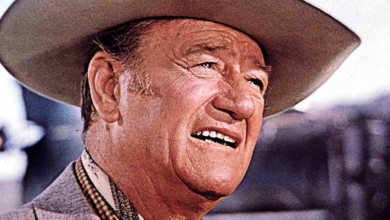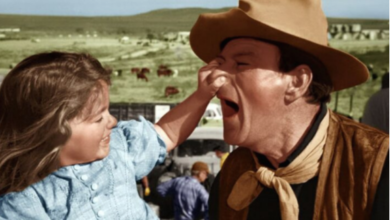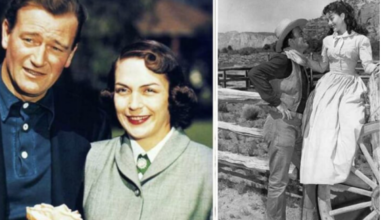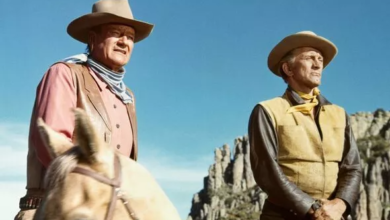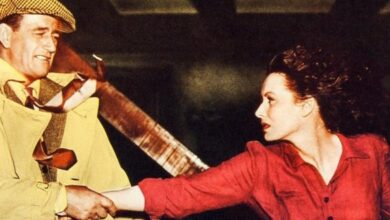Was This John Wayne Classic Inspired by The Duke Not Enlisting During WWII?
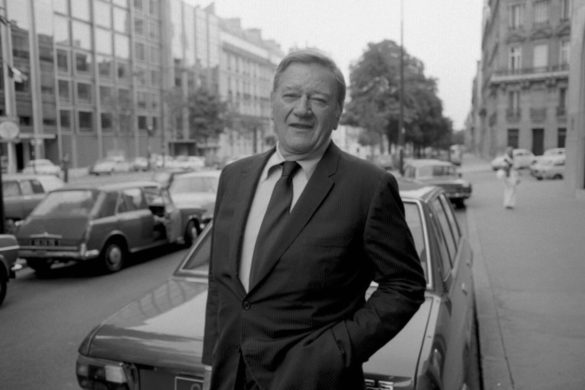
By the time John Wayne reached the age of 34, he was one of the most recognizable faces in American culture. He championed himself as a patriotic citizen willing to do anything for his country. However, for Wayne, when the country declared war with Japan following Pearl Harbor, he was considered too old to be drafted.
Wayne was adamant about supporting the country during a time of unprecedented war. However, unlike many celebrities of the time, Wayne never enlisted himself. Instead, he stayed home to foster American support the best way he knew how, through the movie screen.
The western star dreamed about making a film detailing the famed battle at The Alamo. Surrounding the film are rumors that Wayne’s motivation for making it revolved around his own guilt for never fighting in the actual war.
John Wayne’s Troubled Road to Production for The Alamo
For the majority of his early career, Wayne signed exclusively with Republic Pictures. His parent company supposedly blocked any attempt for Wayne to enlist to avoid putting their biggest star at risk. A Slash Film report details evidence of Wayne’s frustrations with Republic Pictures. He wrote his friend, John Ford, many letters voicing his desire to fight for his country. But the day never came.
In 1945, the year the war ended, Wayne became fixated with telling the story of The Alamo where Texas forces defeated Mexican armies to gain independence. He sought to tell a patriotic story of his view of American values after being denied the chance to fight.
It wasn’t until he founded his own production company, Batjac, that Wayne could finally make the project his way. Wayne envisioned an epic, three-hour adventure. But studios hesitated to fund such a project. He gathered the money himself, including some of his own, and commenced production in 1959.
What Did Audiences Think of The Alamo?
The Alamo debuted to audiences in 1960. It is generally well-regarded for its epic scale and detailed battle scenes. However, criticism for its pacing and on-the-nose messaging has defined the film’s legacy.
Bowsley Crowther of the New York Times wrote in his 2005 review that the film features many crowd-pleasing moments that are “piercingly effective” to the audience, but contends the film is far too bloated.
“As his own producer and director, Mr. Wayne has, unfortunately, let his desire to make a big picture burden him with dialogue,” Crowther said. “His action scenes are usually vivid, his talk scenes are long and usually dull.”
In a retrospect on Slash Film, Jeremy Smith reflected on Wayne’s desire for making the film. Was Wayne truly motivated to share the story, or did he want to make up for his perceived inaction during the war?
“My most charitable read of The Alamo is that [Wayne] simply wasn’t a skilled enough director to effectively convey his angst,” Smith wrote. “Mostly, though, I think this is a bitter, boring movie by a man who resented the fact that he lacked the nerve to live up to his filmed legend.

